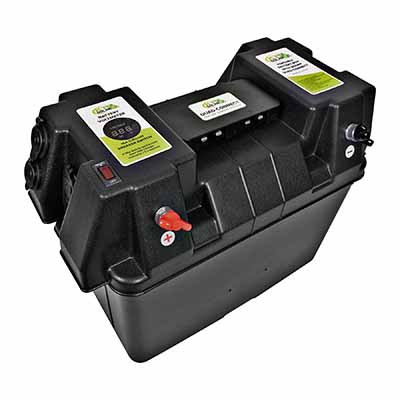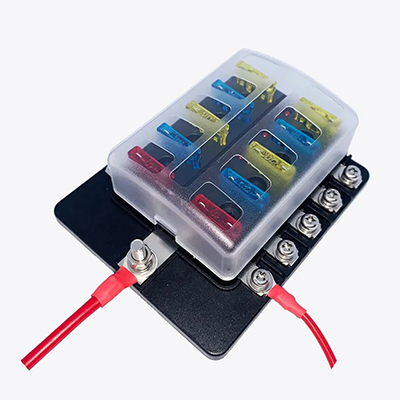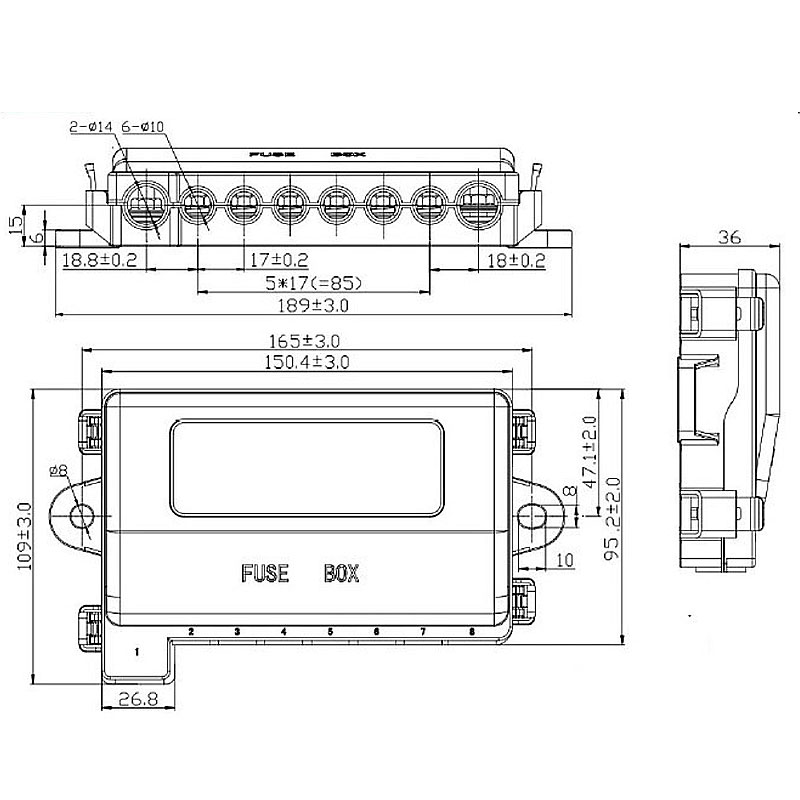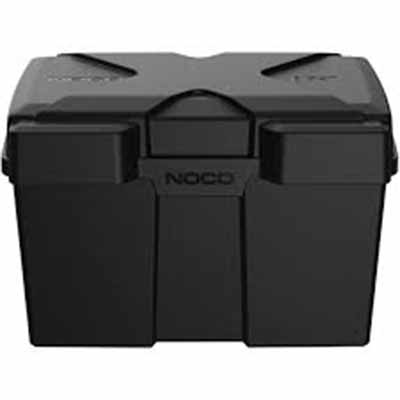Cutting-Edge Space-Efficient Battery Enclosures for Compact Electric Vehicles
News 2025-10-20
The growing popularity of compact cars stems from their agility in urban settings and contribution to sustainable mobility. As electric vehicles (EVs) gain traction, the battery box emerges as a critical component. Space-efficient designs address the spatial constraints of compact cars, allowing for optimized battery placement without sacrificing passenger comfort or cargo capacity. These innovations not only enhance the overall vehicle design but also support the integration of advanced energy storage systems, making them indispensable in modern automotive engineering.

Innovative Design Elements
Engineers employ advanced materials like high-strength composites and optimized geometries to create battery boxes that minimize volume while maximizing energy density. Modular construction enables customization for different compact car models, facilitating easier manufacturing and maintenance. Such designs incorporate features like integrated cooling systems and vibration dampening, ensuring reliability in tight spaces and under varying driving conditions.
Key Application Scenarios
In urban environments, where space is at a premium, these battery boxes excel in vehicles used for daily commutes, ride-hailing, and delivery services. They allow compact EVs to navigate narrow streets and parking spots efficiently, providing ample interior room despite the battery’s presence. Additionally, in hybrid compact cars, these designs support seamless transitions between electric and combustion modes, ideal for city driving with frequent stops.
Performance and Efficiency Benefits
Space-efficient battery boxes reduce overall vehicle weight, improving acceleration and energy consumption in compact cars. They enhance thermal regulation to maintain optimal battery performance, extending lifespan and reducing the risk of overheating. By enabling higher energy densities, these designs boost driving range and efficiency, making compact EVs more practical for everyday use while adhering to stringent safety standards.
Frequently Asked Questions
1、What materials are used in space-efficient battery boxes?
Common materials include lightweight aluminum and carbon fiber composites for durability and reduced weight.
2、How do these designs affect vehicle handling?
They improve weight distribution, leading to better stability and maneuverability in tight spaces.
3、Can they be integrated into existing compact car models?
Yes, many designs are adaptable, but modifications to the vehicle’s frame may be necessary for optimal fit.


